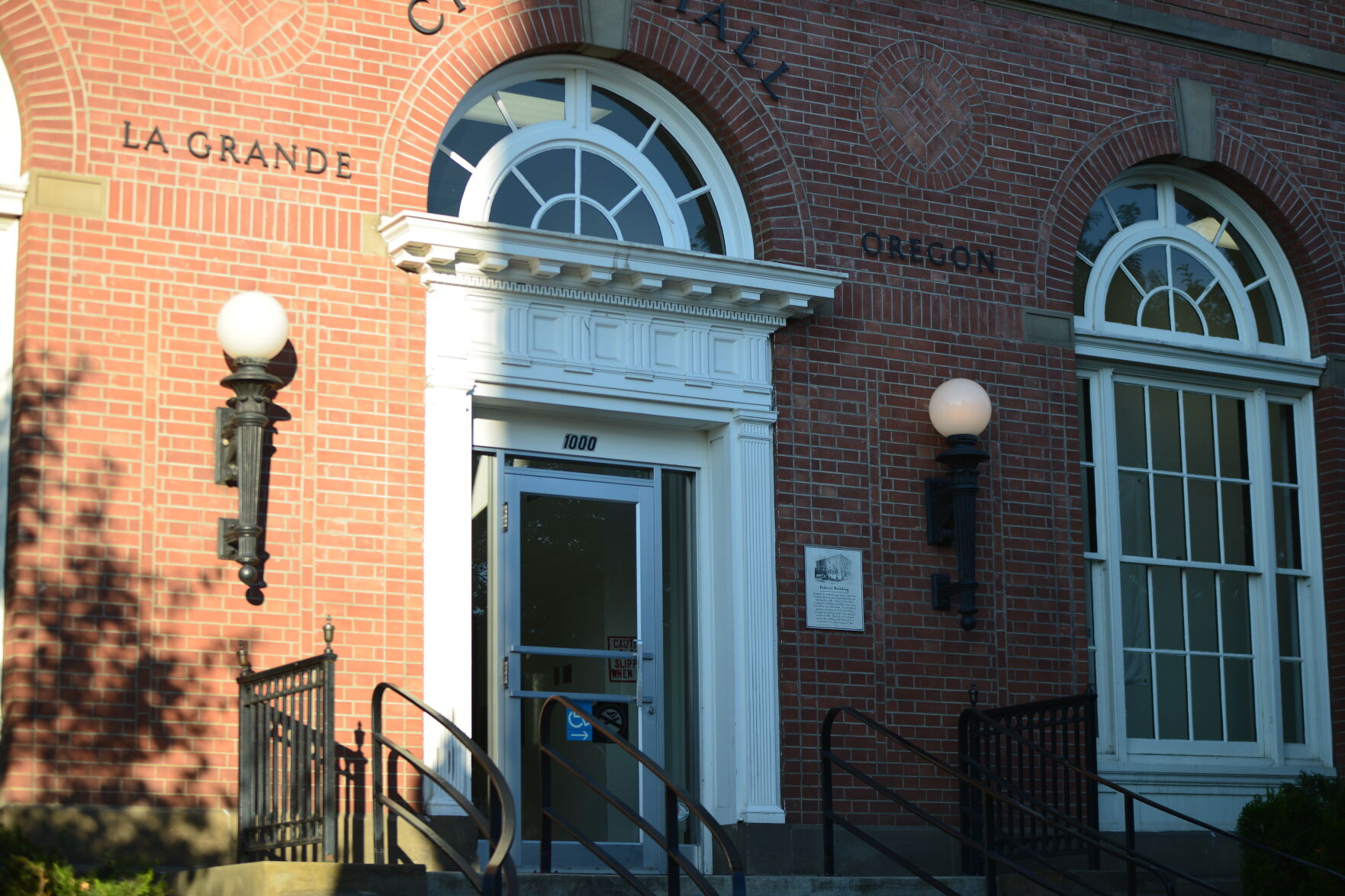A FORGOTTEN PART OF OREGON
Published 12:00 am Friday, May 16, 2003
By Mark Highberger
For The Observer
A shimmer of sky and a swirl of water, a drift of wind and a whisper of wings it’s enough to make you sense that the first day of the world might have looked and felt and sounded just this way, just the way it does here at Klamath County’s Eagle Ridge Park. Yet even though the four mile stretch of road that leads through the park might be one of central Oregon’s most beautiful drives, following the forested peninsula that rests like a finger against Shoalwater Bay while it points into Upper Klamath Lake, far more birds than people visit the area.
andamp;quot;It’s almost a forgotten part of Oregon,andamp;quot; says Jacques DeKalb, a Bend resident who, along with his wife Barb, is a devoted Klamath Basin explorer. andamp;quot;We’ve just scratched the surface of the park as far as exploring is concerned.andamp;quot;
Even though the park’s boundaries enclose only 640 acres, one square-mile, its views stretch all the way to the Cascade Mountains. From along the trail that leads first through the pine trees of Kovich Grove and then down to the edge of Shoalwater Bay, Jacques and Barb stop occasionally to name the peaks that loom in the distance: McLoughlin and Scott, Goose Nest and Pelican Butte, the rim of Crater Lake.
Along the shoreline, cinnamon-colored pines stand thick-trunked and rough-barked, their shade casting morning shadows across clumps of wild irises and roses, chokecherries and willows, across water layered with algae and bristling with tules.
andamp;quot;Everything here is so full of life,andamp;quot; says a woman along the trail with her Labrador retriever. She points to two muskrats swimming past, then brushes away swarms of midges and mosquitoes.
That same sense of animal energy is found in the sounds of the place. If the Roman philosopher Seneca was right about life that andamp;quot;it’s not its length, but its performance that countsandamp;quot; then the critters at Eagle Ridge put on a heck of a show. From everywhere, it seems, from every tree and bush and blade of grass, from every ripple of water and wrinkle of sky, comes a quavering, yodeling chorus of birds and insects: the burps and buzzes, chirps and clicks, screeches and squeaks, warbles and whistles that compose the restless movement and ageless music of life, noisy and eternal.
andamp;quot;A cacophony,andamp;quot; Barb says, tilting her head to listen. andamp;quot;That’s the only word for all the sounds here.andamp;quot;
Farther down the road those sounds dim, as do the smells of pine and mud and grass, as you leave the marsh behind for open water and shoreline encounters with grebes and terns before reaching a boat launch that marks a change in the road. From here, a path of earth-packed ruts and rocky bumps, which make the route either a slow road or a fast trail, leads to the end of the peninsula at Eagle Point.
Along this two mile stretch, the bay begins merging with the lake until ripples roll themselves into waves on the water, and junipers replace pines on the shore. From out of those junipers fly cedar wax wings that swoop low over the road, and from above the lake flash glimmers of white as pelicans and gulls flap their way across a blue sky that seems to stir with the high hovering circle of a bald eagle.
The road ends at a parking lot at the tip of the peninsula, but a trail leads off the end of Eagle Point and down the slope to the shore of Upper Klamath Lake. Part-way down this path, off to the right and almost buried in thickets of chokecherries, lie the remains of other times, the memories of other people who once made this same walk. For here are strewn the wreckage and the rubble of the early 20th century’s Eagle Ridge Tavern: shattered windows and melted glass, cracking concrete and broken bed springs.
andamp;quot;Time’s slow finger written in the dust,andamp;quot; is how English writer Anna Barbauld once described such ruins. But before a fire turned it to ashes and dust, the tavern was a special refuge for travelers of the day.
From Klamath Falls the crowds came, riding steam-driven paddlewheelers across the lake and to the peninsula, then hiking the short, curved path uphill to the tavern. Here on sunny afternoons and quiet evenings they sat along the tavern’s wrap-around porch, where they sipped their drinks as they gazed out toward the water and the mountains and the birds that made the lake their home.
Even though the tavern’s gone, its viewpoint remains: in the distance, the shine of snowy peaks and the shadows of timbered slopes; down below, the sweep and swell of lake water spotted with pelicans and grebes. andamp;quot;It’s so beautiful,andamp;quot; Jacques says, andamp;quot;almost overwhelming.andamp;quot;
Low over the water flies a western tanager, followed by a great blue heron and a flock of Canada geese. Soon after, a bald eagle wings past, cocks his head and glances down at the shoreline that is the pathway through this world of forest and marsh and water, then straightens out and flies away into the distance.
Watching the eagle soar across a shimmering sky, Jacques pauses, then says what people have probably been saying about this place for a long, long time: andamp;quot;This is so special.andamp;quot;





